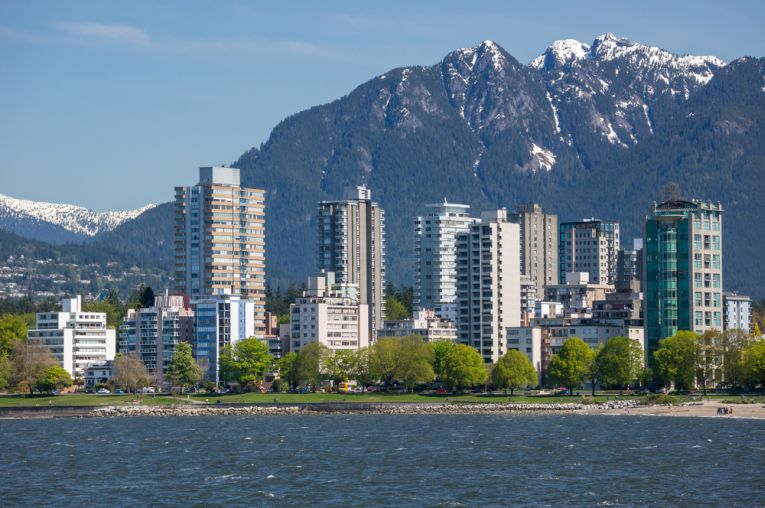The rise of factories and business districts in the past decades has led not only to the rise of civilization, but to the rise of wide-ranging environmental damage as well. Technology advanced almost at the speed of light and brought forth numerous possibilities for business owners. Mass production was made possible by the use of various types of machinery, which in turn led to the depletion of certain natural resources.
How Industrialization Brought on the Need for Sustainable Investments
Serious environmental damage did not happen overnight, of course. It began in NW Europe in the 1700's, and spread to the rest of the world almost instantly, beginning with the United States. This world-changing era, otherwise known as the in - Industrial Revolution. largely contributed to the detrimental environmental impacts the world is experiencing today.
The environment has suffered tremendously since the advent of industrialization. Air and water pollution, climate disasters, greenhouse gases emission, global warming, and deforestation are but a few of the serious threats industrialization has brought to mankind.
The environmental effects of industrialization were greatly evident in cities. Disease outbreaks became increasingly common, with cholera and typhoid being the main health problems caused by unsanitary conditions and overcrowding in many American cities. Increased human waste was a growing environmental hazard in the mid-19th century, and was also the time when many cities invested in centralized water supply systems.
It was then that the people started to realize that steady industrial and economic development could only go so far without presenting many dangerous risks. With numerous environmental consequences becoming evident in many areas of the world, people began to adopt a number of sustainability trends to counteract the effects of industrialization. Businesses were becoming more aware of their impacts on the environment, and society was slowly realizing the importance of sustainable investments.
The construction sector was among the firsts to take action regarding the rising environmental dilemma. This sector introduced the idea of in - green architecture and its impacts on energy use. Today, innovative structures are adapting architecture through the needs of time, and the construction sector is at the forefront of making it possible. Condominiums and buildings in key cities are now supporting, and even promoting, the concept of “green living.” Green innovations are commonly seen in the construction business, making sustainable investments more accessible to people.
But how does a structure really become sustainable? What criteria are supposed to be met in order for a building or property to qualify as a sustainable investment?
Sustainable Business Initiatives in Construction
Technology is a significant part of the building process. Knowing in - how technology, economy and society affect the environment [opens a pdf file] is very crucial in the development of sustainable buildings, skyscrapers, condominiums, and other sustainable investments. Technology may have a huge potential in damaging the environment—but it is also one of the most powerful tools we can use in order to save and preserve the earth's dwindling resources.
Because industrial and residential properties are among the most common investments people make, the construction sector plays a big role in people's attainment of overall sustainability.
It is in the light of this idea that the construction sector must operate and build sustainable structures. During the construction process, contractors must work hard to lower their carbon footprint and minimize waste production as much as possible. They must comply with high sustainability standards and ensure that they meet the applicable environmental, health, safety, and security laws throughout the duration of the building construction.
Sustainability must be integrated in all levels of construction. This means that all business activities and processes should be carried out in such a way that environmental health is not compromised. Only when a building is completed through entirely economically sound means can it be called truly sustainable.

Sustainable housing image, Credit: © Shutterstock
Achieving Overall Sustainability through Investments
People who adapt a green way of living are defined by how they approach every aspect of their lives. What are the day-to-day choices they make and how do they affect the environment? The following questions may be asked:
• How much do you integrate sustainability in attaining your basic needs?
What kind of products do you buy? Do you prefer earth-friendly products even if some are relatively more expensive than the conventional counterpart? Do you buy organically produced food, or even try to grow them on your own?
• How do you consume energy?
What electricity rules and practices do you implement at home? Do you take advantage of natural lighting and ventilation?
• What kind of investments do you make?
Is your money invested in industries that practice sustainability? Do you make environmentally-sound choices when investing in property? Is your home or condo located inside a sustainable area or building?
Answering the questions above can help you know whether you are living a truly sustainable life. Sometimes, what's stopping us from investing in green innovations is the notion that it's more expensive.
True, you may need to pay a premium at first—but the economical implications of this can be seen in the long run. True sustainability is in the realized savings you make overtime, both economically and environmentally. Innovative structures are adapting through the needs of time, and so should all of us.
The Earth Times covers Sustainable Business practices here too: Sustainable Business.










